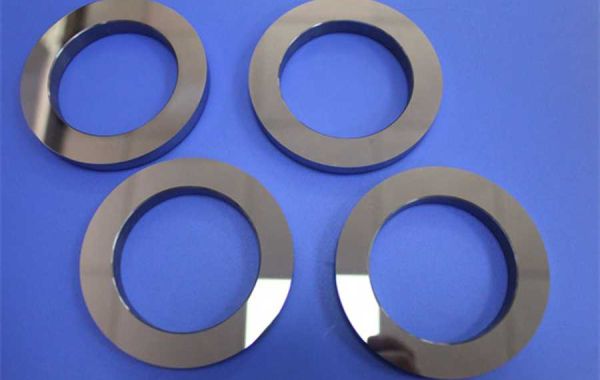The method of dragging the blank into the blank by relying only on the friction of the roll forging die is called natural bite. As shown in Figure 1, the force exerted by the roller on the blank is the radial force N and the friction force T, and their components in the horizontal direction are Nx and Tx respectively. The horizontal component of the friction force acts as a drag-in, and the horizontal component of the radial force acts as a drag-in prevention.
Therefore, as long as the horizontal component of friction force is greater than the horizontal component of radial force, natural bite can be achieved, that is: TxNx (1) or μtanα (2) where: μ——contact friction coefficient. Once the bite is successful, as the blank continues to be dragged in, the deformation zone expands toward the line connecting the centers of the rolling spokes.
Since the radial force action point is roughly in the middle of the deformation zone, the bite angle at this time is also closer to the line connecting the roll centers, that is, the bite angle becomes smaller. This means that the biting conditions are most severe when the claws begin to make contact.
Once the towing is successful, the conditions for stable biting will be reduced when other conditions remain unchanged. Figure 1 Schematic diagram of natural bite conditions for roll forging








